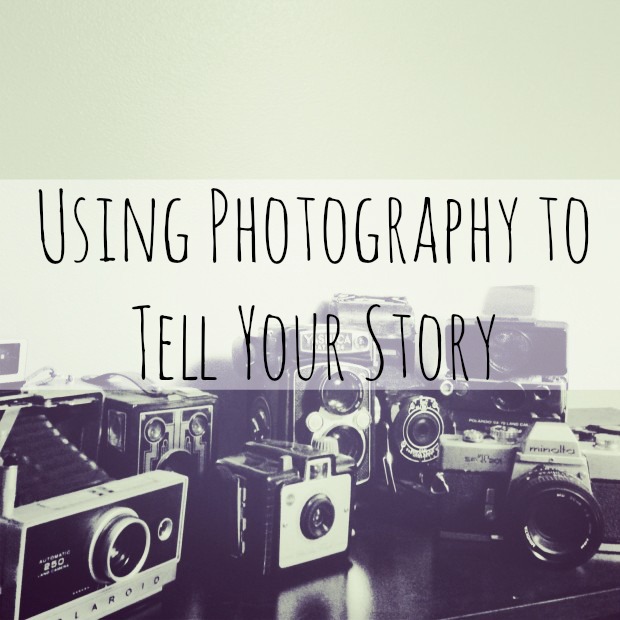
So we’ve figured out aperture and shutter speed and we are on our way to figuring out the exposure triangle AND white balance… There is one more element I want to talk about that will revolutionize your photos. Have you ever tried to take a photo of someone in front of a sunset and unintentionally gotten a silhouette? What about trying to get a photo of someone in front of a bright window and the photo is all dark? That is because of how your camera is metering.
What is metering? 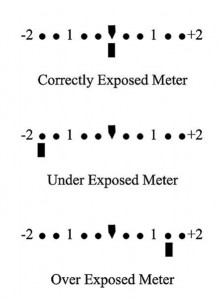
Essentially, metering is how your camera determines the exposure of any given photo. The light meter in your camera is measuring the reflected light bouncing off your subject and then telling you whether or not your photo will be exposed correctly. Your camera relays this information to use using the light meter you see in your viewfinder. A tic mark to the right of zero is an overexposed photo, a tic mark to the left of zero is an underexposed photo. A tic mark directly in the center at zero is a correctly exposed photo.
There are three different methods your camera can use to evaluate the reflected light: multi-zone metering, spot metering, and center weighted metering.
Multi-zone/Evaluative metering
This method of metering is also called evaluative or matrix metering (depending on whether you shoot Nikon or Canon). It is the default setting on most cameras. In multi-zone metering, the camera sets the light meter to read the entire image. The camera will take everything in your frame into consideration, assesses the overall light, and takes a best guess by averaging them to decide how to expose the image.
Most of the time the camera gives great results in this method of metering but at times the camera guesses wrong. Sunsets or super bright backgrounds are great examples of when the camera will guess wrong because the camera doesn’t know what to meter for… your dark sunset OR your subject (or your super bright background OR your subject) so it takes all of it into consideration and averages the overall light. So what should we use when evaluative or multi-zone metering isn’t working for us?
Spot Metering
Spot metering tells the camera to meter from a small “spot” in the scene. Instead of taking the entire image into consideration, it meters off of one, usually the one you are focused on. Some cameras use the center of the image for spot metering, usually defined by a circle in the viewfinder, others tie spot metering to the active AF (autofocus) point you are using. I recommend reading your camera manual to find out how your camera spot meters. Spot metering gives you exact control and ensures that whatever your subject is will be exposed correctly. Spot metering is especially useful for tricky situations where the whole scene is either dark or light (like our sunset or bright background above).
I use my camera 99% of the time in spot metering. My camera meters off of whatever AF point I have activating so I know whatever I am focusing on will be the correct exposure. I feel like spot metering, used correctly, can add depth and interest to your photos. Instead of having an image that is uniformly lit as in multi-zone metering.
Center Weighted Metering
Center weighted metering is the happy medium between multi-zone metering and spot metering. Since spot metering only accounts for about 1.5% of the frame, center weighted metering tells the camera to focus on a wider area. It meters your camera based off of the center of your image. In center weighted metering, your camera will take information from metering points around the frame, BUT it will give more weight to those in the center.
Much like spot metering, center weighted metering is useful in tricky lighting situations where you don’t want to only identify small parts of the image to meter on. Since I don’t usually put my subjects in the center of the image, I rarely use center weighted metering. But I do think it is a great way to learn how metering can affect an image, without jumping straight to spot metering.
Metering is something that took me a long time to figure out. It really is considered to be more advanced in the photography world. If you want a set it and forget it metering method, use the multi-zone method.. But if you are interested in experimenting, try center weighted or spot metering. And if you are using multi-zone metering and it just isn’t working out, try switching to another method and see how your image changes. The more you know how to use your camera and all of its functions (even if you use them or not), the better your images are going to be!
The easiest way to test the different styles of metering? Go out and take some sunset photos. Try taking one with a silhouette THEN try to take the same image but correctly exposure your subject matter that was silhouetted in the first image. The image below was taken in the same exact spot and using spot metering, I was able to get two very different images.
Have you been enjoying this series? Have you been learning? I invite you to share the images you’ve been taken with me over at Prairie Californian on Facebook or on Twitter at @PrairieCA


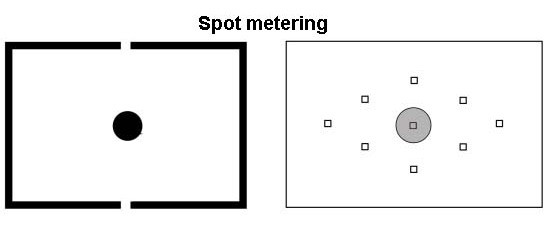
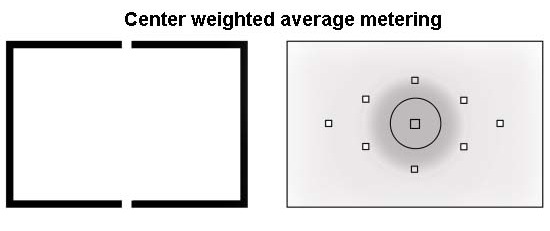
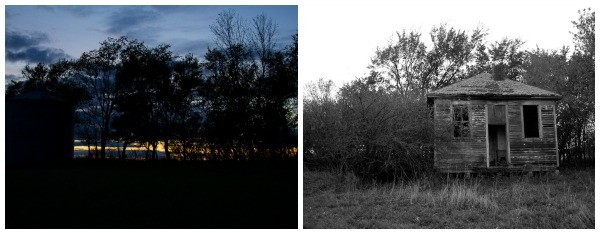

1 Comment